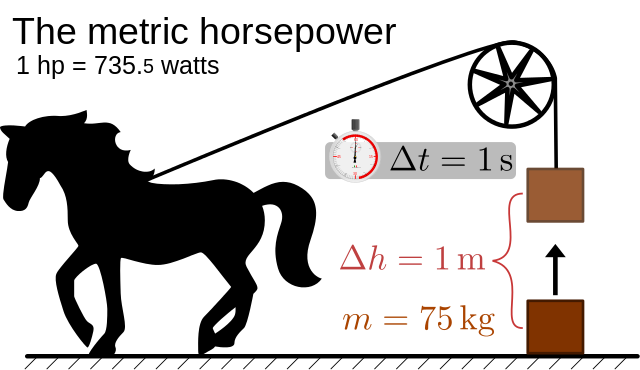Difference Between Ohms And Watts

how it is measured. We say ohms, watts, volts and amps. But what are they? Though
we buy a 40-watt bulb, 240 volts UPS, or 8 ohm speakers, many of us don’t try to know
what the terms denote. Understanding these terms and their relationship will teach us
the ways to adapt these gadgets to our daily needs.
 Ohm means Resistance
Ohm means Resistance
Resistance is the property of a material to resist an electrical current flowing through it.
The measuring unit of this resistance is called the ohm which is represented as the
omega sign, Ω. It is named after the German physicist Georg Simon Ohm. The Ohm’s
Law is expressed as I = V / R, where I is electrical current (Amperes), V is the Voltage
and R is Resistance (Ohms). That means a current is equal to the voltage divided by
the resistance. Ohm is the standard unit of electrical resistance as per the International
System of Units, and it also stands for the reactance in Alternating Current and Radio
frequency applications. An ohm is equivalent to a volt per ampere. The unit of
conductance is called “mho” which is a reverse spelling of the word “ohm”.
The ohm is defined as the resistance between two terminals of a conducting material
when a constant potential difference of 1.0 volts is applied to produce 1.0 ampere
current in the conducting material, provided there is no electromotive force. The flow of
electrons through a material is directly proportional to its pressure on the electrons and
its cross sectional area.
All electrical circuits will have a voltage source, either as Direct current (DC) like a
battery or an Alternating Current (AC), such as load. When connected, the current (A)
flows from the negative terminal to the positive terminal along the wire. During this
process, a resistance against the flow of the current is generated in the wire, which is
measured as ohm. And the quantity of power developed subsequent to the resistance,
either in the form of light or in the form of heat, is measured as Watt (W). An ampere
(amp) is the amount of current in a circuit, whereas, watt is the quantity of electrical
power generated by the circuit per second.
To explain an ohm, further, let’s consider the working of a speaker. When the electricity
flows into the speaker, there occurs some resistance against the flow of current in the
speaker. The ohms rating of the speaker depends on how much electricity it resists, and
how much energy it uses. If the ohm rating is high, the performance of the speaker will
be low. The ohms and watts are used to know the quantity of each while handling them.
A watt is the SI unit of power, and is named after the Scottish inventor, James Watt,
who lived during the period: 1736–1819. One watt is the quantity of work done when
one amp of current flows through a conductor having electrical potential difference of
one volt. In other words, a watt is one joule of energy used per second; where joule
denotes energy, and watt, the power. That is, a watt is one Joule per second or
energy/time. Therefore, it is both the energy spent, and the time to taken to expend it.
A kilowatt is a thousand watts, which is equal to 1.34 horsepower. The output power of engines, electric motors, heaters etc., is expressed in kilowatts. The amount of
electromagnetic power output of radio and television transmitters is also calculated in
kilowatts. It is found that on a sunny day, the earth’s equatorial regions receive
approximately 1 kilowatt sunlight per 1sq. meter surface area.
- Difference Between Root Beer and Sarsaparilla - November 18, 2015
- Difference Between Muffler and Exhaust - November 9, 2015
- Difference Between Mace And Pepper Spray - November 9, 2015
Search DifferenceBetween.net :
3 Comments
Leave a Response
References :
[0]http://serc.carleton.edu/integrate/teaching_materials/energy_sustain/student_materials/
[1]http://www.nde- ed.org/EducationResources/CommunityCollege/EddyCurrents/Physics/currentflow.htm
[2]https://upload.wikimedia.org/wikipedia/commons/thumb/c/c5/Horsepower_plain.svg/640px-Horsepower_plain.svg.png

 Ohm means Resistance
Ohm means Resistance
thanks am greatfull
I am quoting this ” watt is one Joule per second or energy/time” to mention a scientific error: “or” sends the message of one or the other. They are not. Magnitudes and they are units are realted but different concepts.
Very educative, really I’m apritiate.
Thanks a lot.